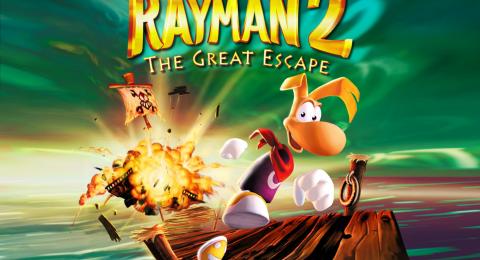
Whether you have an Nvidia RTX graphics, or one from the last or most-recent generation of GTX GPUs, you can now enable ray tracing on them. Games like Metro Exodus, Shadow of the Tomb Raider, and Battlefield 5, among others, can now be enjoyed with the fancy lighting effect on a wide array of graphics cards. It's just that performance isn't great, even on some of the most powerful of them.
Most of the benchmarks at this time come from Nvidia itself, but the results aren't very impressive. In Battlefield 5 on Ultra settings at 1440p with ray tracing at the ultra setting, only the 1080Ti of all GTX graphics cards could even hit 30 FPS. Cards like the 1080 and the 1660 Ti couldn't even break 25FPS.
Switching to 1080P made a few cards more viable, but even then only the RTX cards are approaching 60 FPS and even then only with DLSS enabled to help push them over the line.
Shadow of the Tomb Raider, which uses ray tracing on only some shadow effects didn't prove quite as taxing, but good luck getting over 30 FPS in anything but 1080P unless you're using one of the more powerful GTX GPUs. Games like Metro Exodus and Chinese MMO, Justice, are a waste of time on anything but the RTX graphics cards.
All of this might make ray tracing on GTX graphics cards seem pointless, and largely it is. That's deliberate, though. What Nvidia is doing is giving gamers access to the look of ray tracing in games in the hopes that they'll want to experience it at a decent frame rate and buy an RTX GPU to help fix that.
The wider support for ray tracing also means we'll likely see greater support from developers, which solves that portion of the chicken an egg conundrum at least.
The thing is, as pretty as ray tracing can be, it's not really there yet. Even RTX cards can't do it properly if you spend over $1,000, with poor frame rates in even the best implemented titles. Wait this one out. It'll save you a lot of money.





